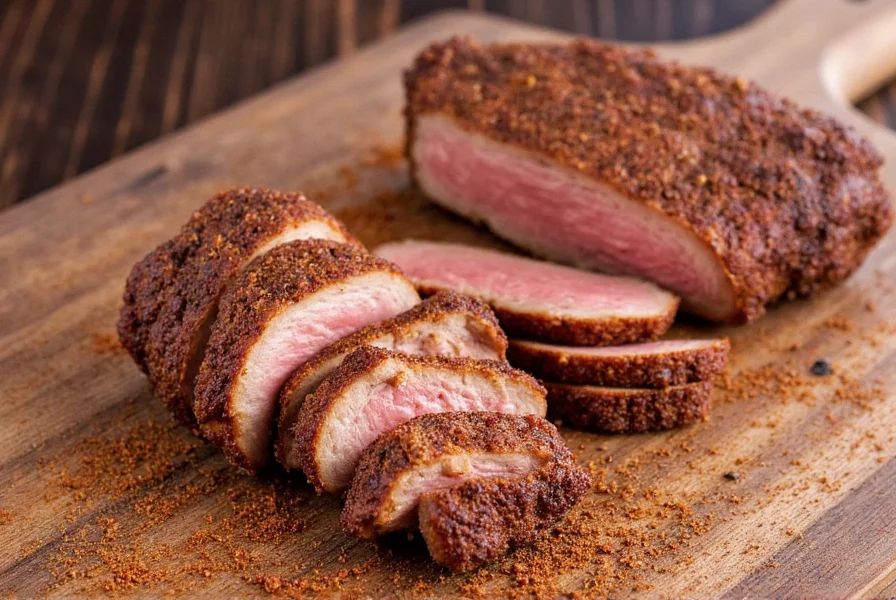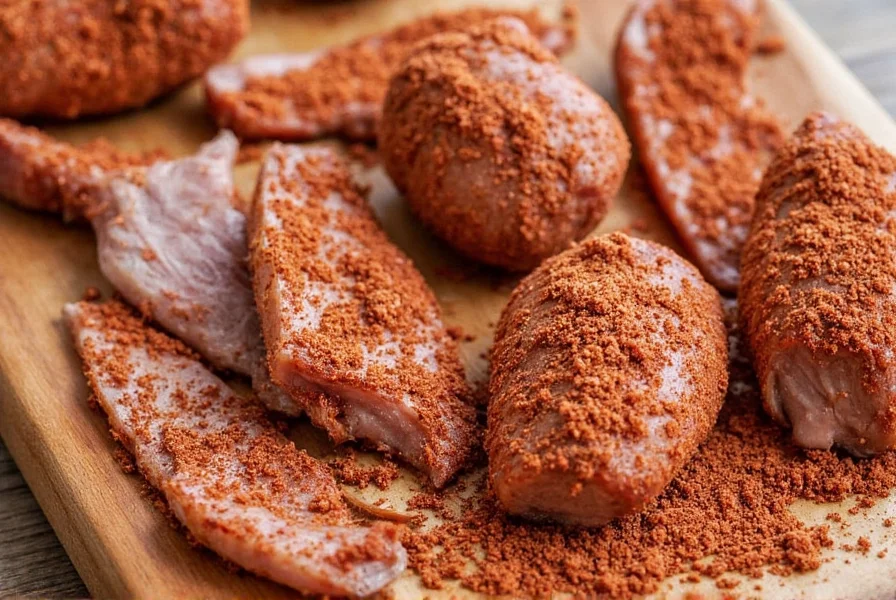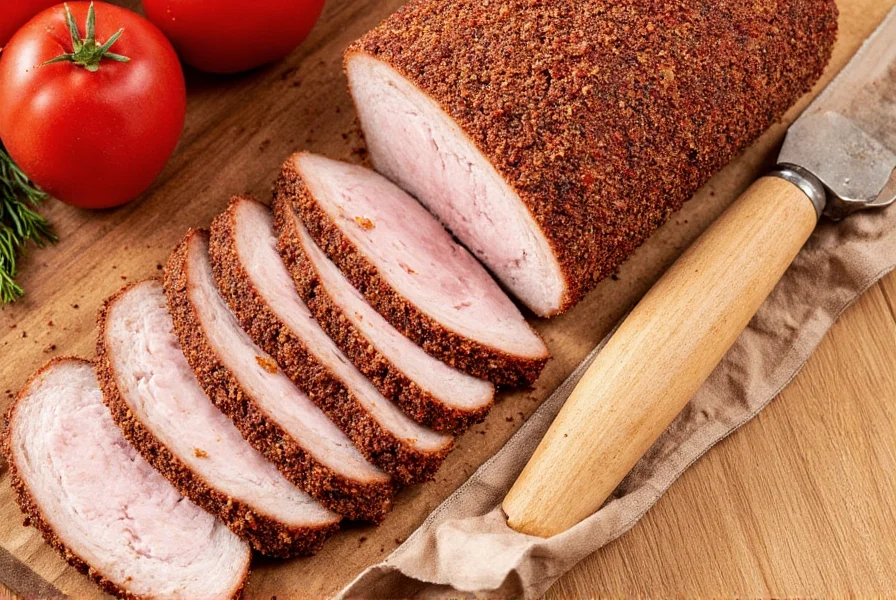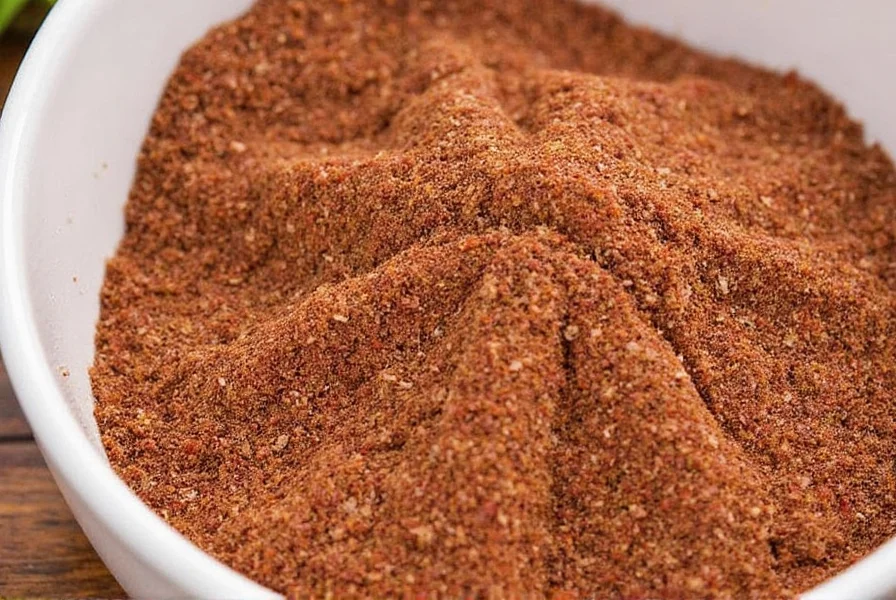The Ultimate Guide to Pork Dry Rub Seasoning: Flavor, Tips, and Must-Have Tools
Table of Contents
Introduction to Pork Dry Rub Seasoning
Pork dry rub seasoning is a game-changer when it comes to grilling, smoking, or roasting pork. It’s a mixture of spices, herbs, and sometimes sugar that you rub directly onto the meat before cooking. Unlike wet marinades, dry rubs don’t require time to penetrate the meat—instead, they form a flavorful crust on the surface, locking in moisture and adding bold taste.
Whether you're a seasoned pitmaster or just starting out with your grill, understanding how to use and choose the right pork dry rub seasoning can elevate your dishes from good to unforgettable. In this guide, we’ll break down everything you need to know about this essential spice blend, from its benefits to practical tips and even a buying guide to help you find the best one for your needs.
Why Use a Pork Dry Rub Seasoning?
There are several reasons why pork dry rub seasoning is a favorite among chefs and home cooks alike:
- Flavor Enhancement: Dry rubs add depth and complexity without the need for added fats or liquids.
- Crispy Crust: The spices caramelize during cooking, forming a deliciously crispy exterior.
- Versatility: You can customize the mix to suit different cuisines—from smoky BBQ to spicy Mexican or sweet and tangy Asian flavors.
- Time-Saving: No marinating required—just apply and cook!

5 Essential Tips for Using Pork Dry Rub Seasoning
To get the most out of your pork dry rub seasoning, follow these expert tips:
- Use Fresh Spices: The fresher the spices, the more vibrant the flavor. Store them in airtight containers away from light and heat.
- Apply Generously: Don’t be shy—rub the seasoning all over the pork, including the sides and under the skin if possible.
- Let It Sit: For best results, let the seasoned pork rest for at least 30 minutes before cooking. This allows the flavors to meld and the spices to stick better.
- Pair with Complementary Sauces: A great dry rub pairs well with a sauce that complements its flavor profile—think barbecue, honey mustard, or citrus glaze.
- Experiment with Flavors: Mix and match different spices to create your own signature rub. Try adding smoked paprika, cumin, garlic powder, or even a pinch of chili flakes for extra kick.
Key Ingredients in a Pork Dry Rub
A quality pork dry rub typically includes a combination of the following ingredients:
- Spices: Paprika (smoked or sweet), garlic powder, onion powder, black pepper, and cayenne pepper.
- Herbs: Oregano, thyme, rosemary, and basil are common additions.
- Salt and Sugar: Salt enhances flavor, while sugar adds a touch of sweetness and helps with caramelization.
- Other Additives: Some blends include brown sugar, coffee, or even dried fruit for unique flavor profiles.
The right balance of these elements depends on the desired outcome. For example, a traditional BBQ rub might emphasize smoked paprika and garlic, while a Korean-inspired rub could feature gochujang, sesame seeds, and ginger.

Buying Guide: Choosing the Best Pork Dry Rub Seasoning
With so many options available, it can be overwhelming to choose the right pork dry rub seasoning. Here are some key factors to consider:
Features
- Ingredients: Look for high-quality, natural ingredients without unnecessary fillers or artificial additives.
- Flavor Profile: Choose a seasoning that matches your preferred cuisine or personal taste.
- Quantity: Consider how often you’ll use the rub. Bulk purchases may be cost-effective for frequent cooks.
Advantages
- Convenience: Pre-made rubs save time and effort, especially for beginners.
- Consistency: Commercial brands ensure a balanced and reliable flavor every time.
- Customization: Some products offer multiple variations or kits for mixing your own blend.
Use Cases & Target Audience
- Grilling Enthusiasts: Perfect for backyard barbecues and weekend cookouts.
- Home Chefs: Ideal for those who want to experiment with new flavors without spending hours in the kitchen.
- Catering Professionals: Great for creating consistent, restaurant-quality meals for events.
Suitable Occasions
- Weekend Brunches: Pair with slow-cooked pulled pork or roasted pork loin.
- Festive Gatherings: Use for holiday roasts or festive ribs.
- Family Dinners: Enhance the flavor of everyday pork dishes like chops or tenderloin.
Comparison Table: Top Pork Dry Rub Seasonings
| Product | Flavor Profile | Best For | Price Range | Rating |
|---|---|---|---|---|
| BBQ Master Dry Rub | Smoky, sweet, and slightly spicy | Classic BBQ pork | $8–$12 | 4.7/5 |
| Spicy Caribbean Rub | Hot, zesty, and aromatic | Grilled pork chops, jerk-style | $10–$14 | 4.5/5 |
| Korean Kimchi Rub | Sweet, tangy, and savory | Korean-style pork belly or bulgogi | $9–$13 | 4.6/5 |
| Italian Herb Rub | Herby, earthy, and aromatic | Roasted pork loin or porchetta | $7–$11 | 4.4/5 |
| Mexican Street Rub | Smoky, spicy, and rich | Tacos, carnitas, or grilled ribs | $8–$12 | 4.6/5 |

Conclusion
Pork dry rub seasoning is more than just a cooking tool—it's a flavor enhancer that can transform your dishes into culinary masterpieces. Whether you're grilling, smoking, or roasting, the right dry rub can make all the difference. With the tips provided, the ingredient breakdown, and the buying guide, you’re now equipped to choose and use the perfect pork dry rub seasoning for any occasion.
Remember, the best dry rub is the one that suits your taste and cooking style. So go ahead, experiment, and enjoy the delicious results of your flavorful creations.
Expand on the pork dry rub seasoning: A well-crafted pork dry rub seasoning not only adds depth and complexity to your meat but also enhances its texture, creating a mouthwatering crust that seals in juices and delivers a burst of flavor with every bite.











 浙公网安备
33010002000092号
浙公网安备
33010002000092号 浙B2-20120091-4
浙B2-20120091-4